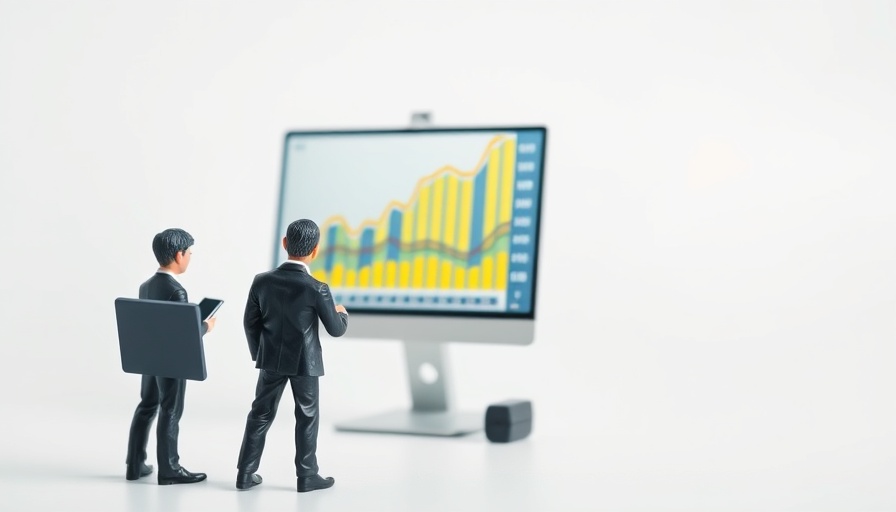
Burnout is an ever-present challenge in today’s fast-paced corporate environment, impacting everyone from entry-level employees to the high-ranking leaders of organizations. Recent studies from Deloitte Analytics reveal a striking finding: 36% of C-suite executives and 43% of employees report feeling consistently exhausted. Addressing this requires a keen focus on balancing productivity with personal well-being—a balance that many leaders inadvertently sideline.
Understanding the Back-Burner Effect
The concept of personal wellness as a 'back-burner issue' is ingrained in many professionals' lives. We often prioritize operational tasks, leaving essential self-care trailing behind. These well-being practices—such as adequate rest, emotional support, personal recreation, and social connections—simmer on low heat, replenishing our energy reserves so we can handle front-line responsibilities, such as business management or job performance, with vigor.
Actionable Framework for Sustainable Wellness
For CEOs and business leaders, the key to mitigating burnout lies in fuel maintaining these back-burner activities actively. The following framework offers a structured approach:
- Daily Centering: Integrate a short period each day for practices that restore your focus. This could be meditation, reading, or meaningful conversations, allowing you to start afresh with clarity.
- Weekly Refreshing: Engage in activities once a week that let you recharge, whether it's a leisurely walk, playing sports, or a family outing. These routines build up potential energy, enabling a strong comeback in your professional endeavors.
- Monthly Resetting: Regular monthly breaks afford you the chance to reflect and recalibrate your continuing strategies, work-life balance, and stress management techniques. Consider taking a day for personal retreat or having discussions with close friends to gain perspective and renewed zeal.
Historical Context: The Evolution of Work-Life Balance
The struggle between work and personal life is not new. Historically, the industrial revolution spotlighted the importance of rest and balance, eventually leading to labor reforms advocating for work hours and breaks. Today, as we juggle advanced technology's demands, this balance has become critical, prompting business leaders to ensure employee well-being is integrated strategically into corporate culture.
Future Trends: The Shifting Paradigm of Professional Wellness
As we look ahead, the narrative around wellness and productivity continues to evolve. Organizations are increasingly recognizing that sustained high performance relies not on sheer hours but on the quality of those hours, intertwined with well-maintained personal energy. The corporate world's future may see more embedded wellness programs actively shaping this dynamic.
Concerned business leaders would do well to keep the fire under their personal wellness initiatives burning, ensuring that their roles remain sustainable and engaging in the long term.
 Add Row
Add Row  Add Element
Add Element 


Write A Comment